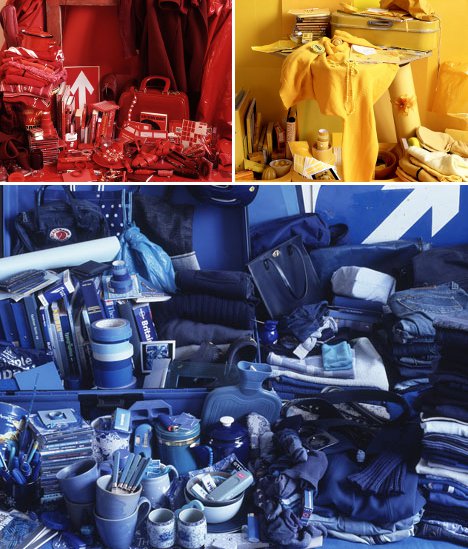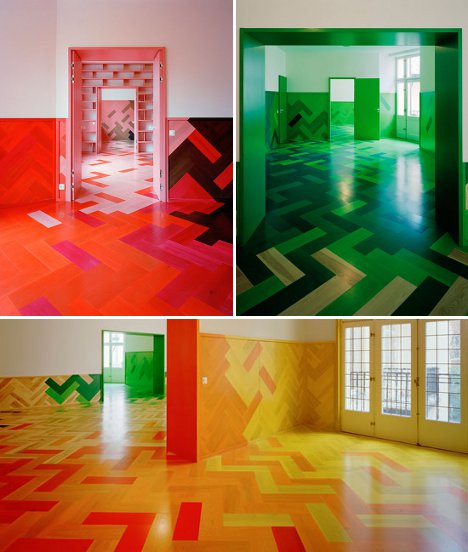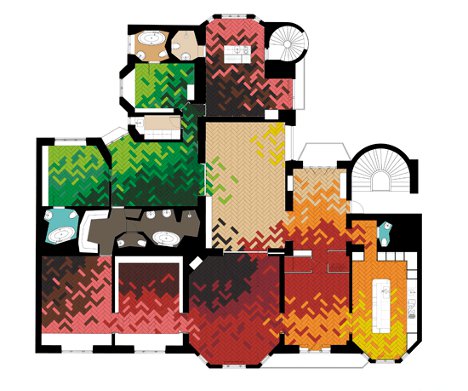Yet if Michelangelo Merisi da Caravaggio had a penchant for trouble, he also had a gift for creating dramatic, unflinching art that brought new emotion to tired religious themes. He also had a knack for attracting powerful patrons so enthralled by his talent that they repeatedly rescued him from scandal.
His early childhood was spent in the luxurious Forza household in Milan, but that comfort ended when the plague swept through Lombardy. His uncle, grandfather and father all succumbed on the same day. Caravaggio was only six years old.
At age twelve, he was apprenticed to a painter in Milan. The next four years are a blank, but at age sixteen he turned up in Rome, utterly destitute.
He worked as a servant, churning out three portrait busts a day in the studio of a Roman hack artist. He finally found the time and money to complete a few paintings. Some are self-portraits; others take as their theme life on the streets and in the brothels of Rome.
The Cardsharps, shown above, is a scene the artist might have seen played out dozens of times; a wealthy and innocent young man being fleeced by two practiced cheats. The wealthy Cardinal del Monte spotted the painting in a local shop and was so impressed he invited the artist to work as a painter-in-residence in his household.
Well fed for the first time in years, Caravaggio completed paintings for powerful church officials and religious institutions around Rome and soon developed his mature style.
The Calling of St. Matthew
The work depicts the moment Christ selects the sinner Matthew to be his disciple. The painting is set in a grimy tavern, with five men sitting around a battered old table. Jesus, accompanied by another disciple, stands in the doorway and points to Matthew, who in turn points to himself as if to say,"Who, me?"
Earlier artists used hovering angels or parting clouds to signify the moment of conversion, but Caravaggio's solution is much simpler. Light indicates the touch of grace. It pours in behind Christ and falls full upon Matthew, while the rest of the painting is plunged into dreary shadow. Caravaggio pioneered this chiaroscuro style, characterized by extremes of light and shadow. This became his hallmark.
The hand of Christ is a reversed image of Adam's hand touched by God, painted by Michelangelo Buanarroti in The Creation of Adam in the Vatican's Sistine Chapel.
I am indebted to Elizabeth Lunday's colorful book of art history, Secret Lives of Great Artists for the information supplied.







 Pantone has just announced that its top color for spring 2013
Pantone has just announced that its top color for spring 2013 
